Eurasia (Google_Color), 2007-2013
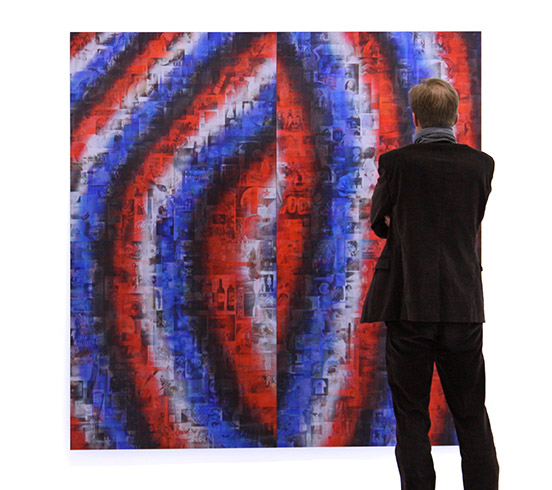
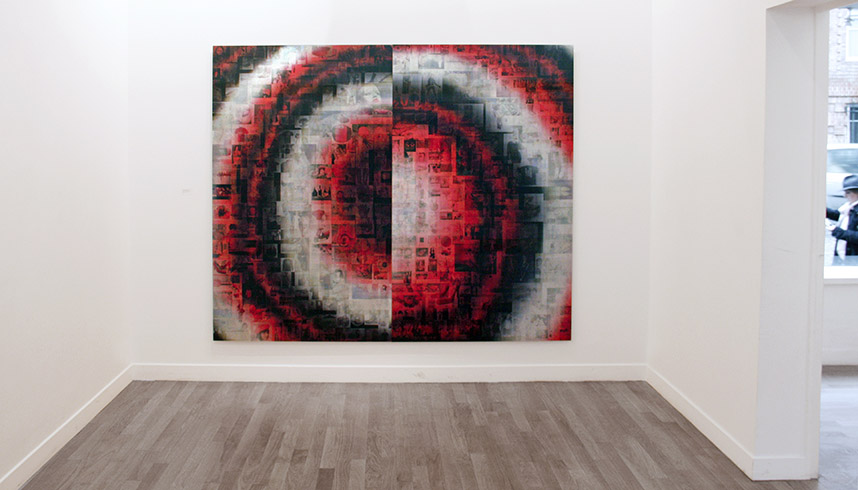
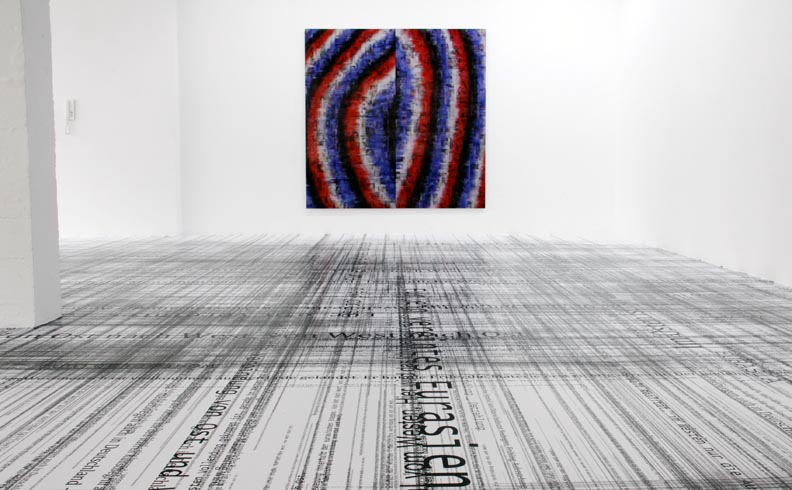
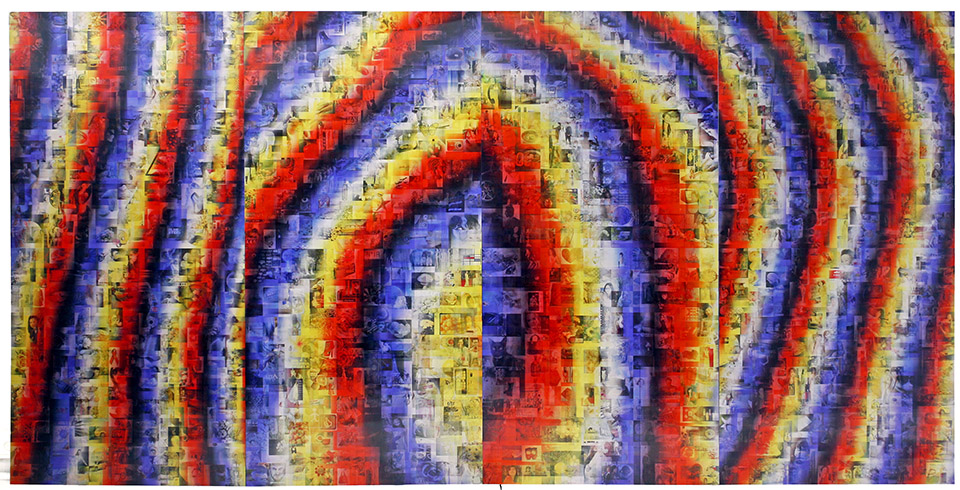
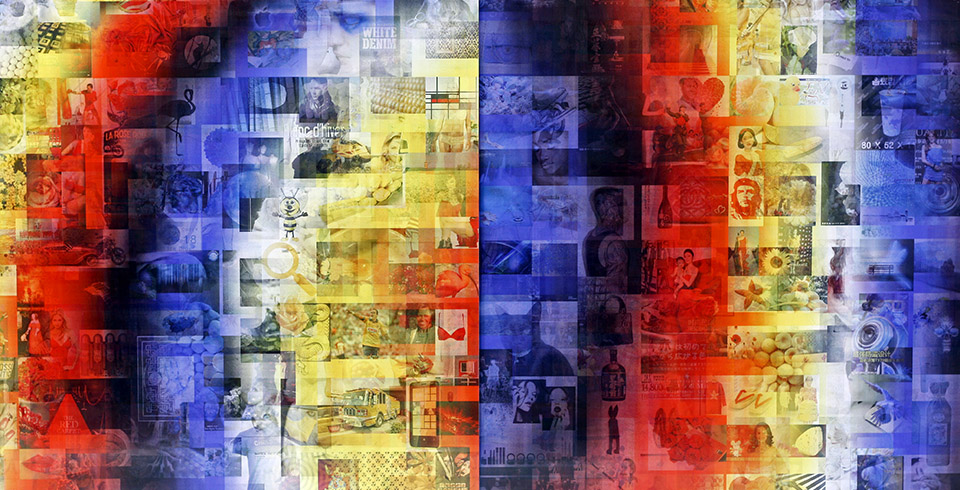
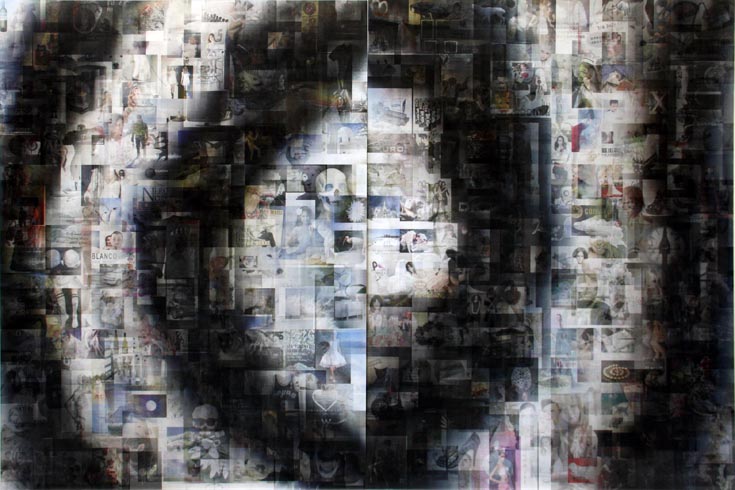

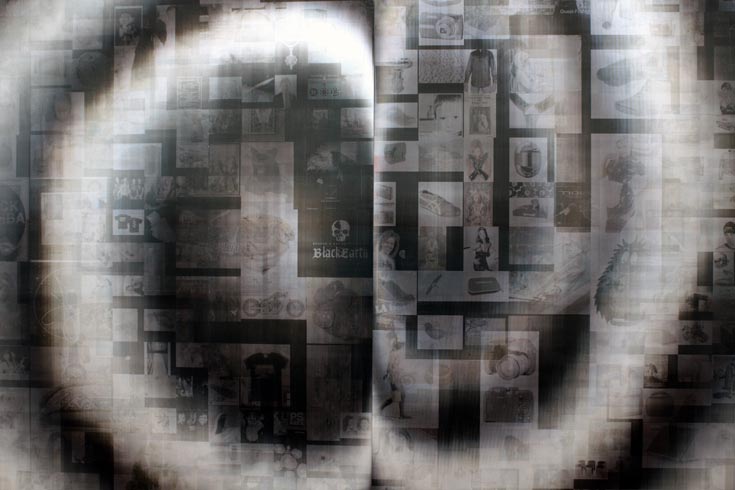
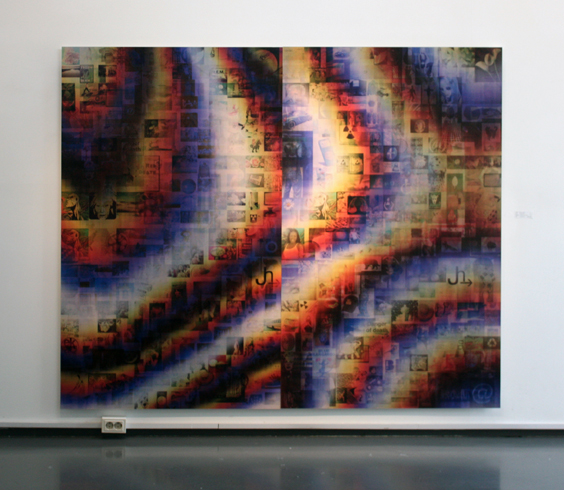
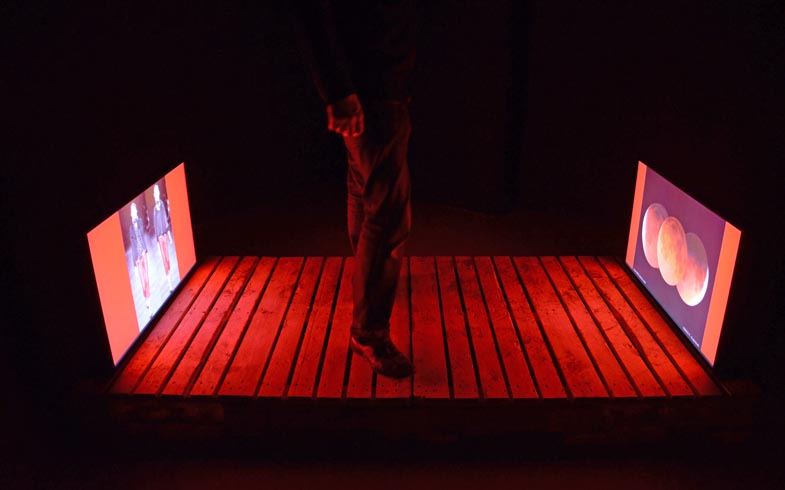
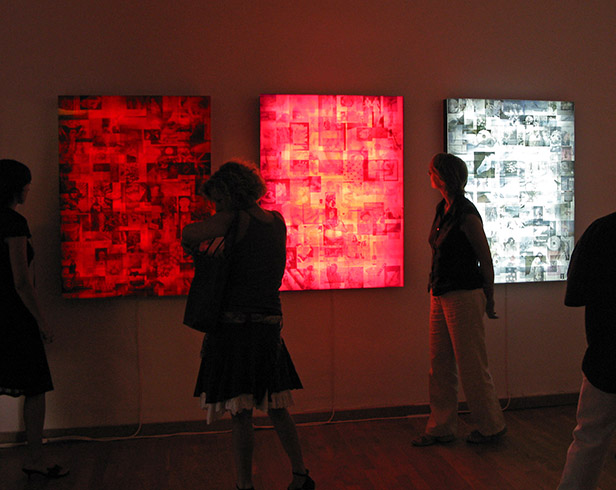
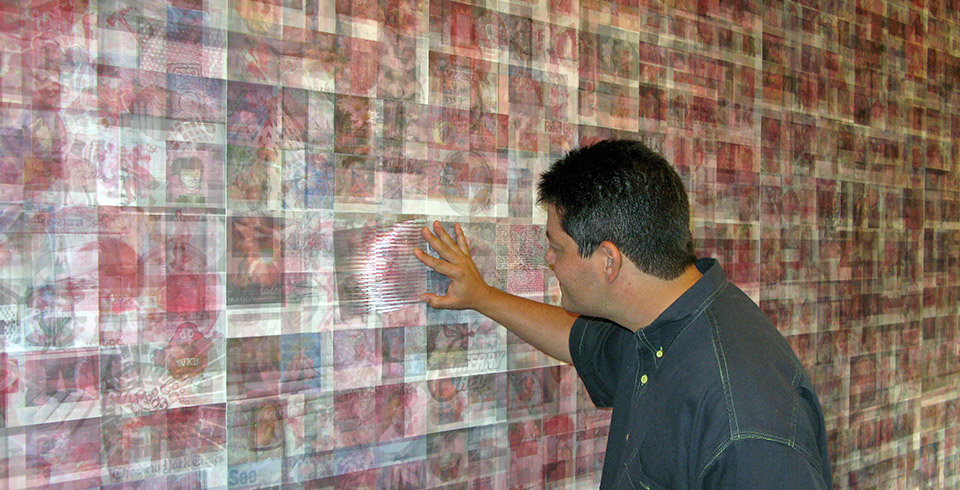
(…) The internet is a decisive source of our perceptions of, and information about, a world in conflicts, ours. Pascal Dombis is one of those few artists who make use of it in a manner which reveals at the same time the quality and the problematic issues pertaining to the medium used to display their artworks. The two 2-part pictures « Google–Red-White-Blue-Black–West/East » and « Google_White-Black_West/East » are digital collages of Google image search results from the words “red”, “blue”, “black” and “white”. The picture halves compare the search results of Asian and European Google pages. Google .com, .de, .fr or .it on the one hand and Google .cn, .kr or .jp on the other. The motifs found in and by the internet are put together into a collage with the help of a random algorithm. They result in connected structures that combine both picture halves, east and west, while showing clear differences in the motifs, which emphasizes a clear distinction between the two sides. The final vision does not depend on one or the other, but on the observer’s point of view and his physical movement in front of the artwork. Just as the bulk of information in the Cloud can be fixated only for a short moment, and according to the form the access route takes to enable the reading, these works suggest an extremely unstable and ever-changing visual platform because of the apparently infinite amount of information it contains. (…)
Extract from Pascal Dombis’s Eurasia by Kay Heymer [More]
(…) Internet est une source incontournable de nos perceptions et de notre information à propos du monde conflictuel qui nous entoure. Dombis, à l’instar de quelques autres artistes, exploite cette source de manière à produire des œuvres qui donnent à voir, dans le même temps, la qualité et le dilemme inhérents à ce canal d’informations. « Google–Red-White-Blue-Black–West/East » et « Google_White-Black_West/East », par exemple, partagent la même structure bipartite et sont des collages numériques d’images obtenues par une recherche Google à partir des recherches: Red / Blue /Black / White. Et chaque panneau montre, à gauche ce que l’on obtient à partir d’une recherche sur les pages asiatiques (Google.cn, .kr or .jp) ou occidentales (Google.com, .de, .fr ou .it) du moteur Google. Les motifs obtenus par internet sont assemblés dans ce collage sous l’effet d’un algorithme aléatoire. Et le résultat forme des structures connectées qui combinent les deux panneaux, oriental et occidental, de chaque œuvre tout en mettant en évidence les différences de motifs qui s’opposent clairement parfois d’un côté à l’autre de l’œuvre. Et la vision qui s’impose n’est pas l’une ou l’autre, mais celle que le point de vue (ou le mouvement physique) du spectateur privilégie. De même que l’agglomération d’informations dans le Cloud ne se fige que pour un temps très court, et suivant la forme que prend l’accès pour les lire, ces œuvres laissent voir une image extrêmement instable, perpétuellement changeante, à cause de l’excès infini d’informations qu’elle contient. (…)
Extrait de Pascal Dombis’s Eurasia by Kay Heymer [More]